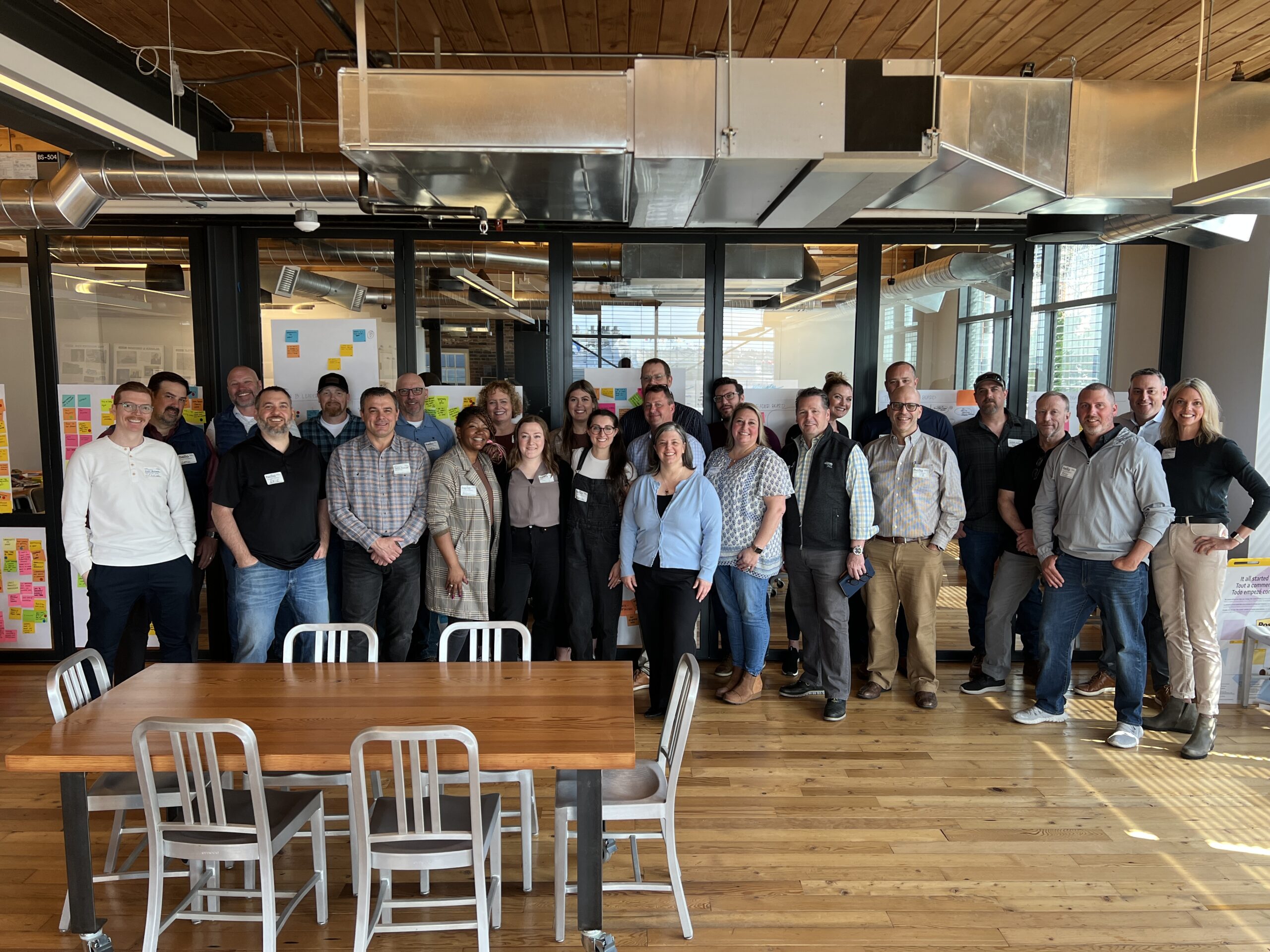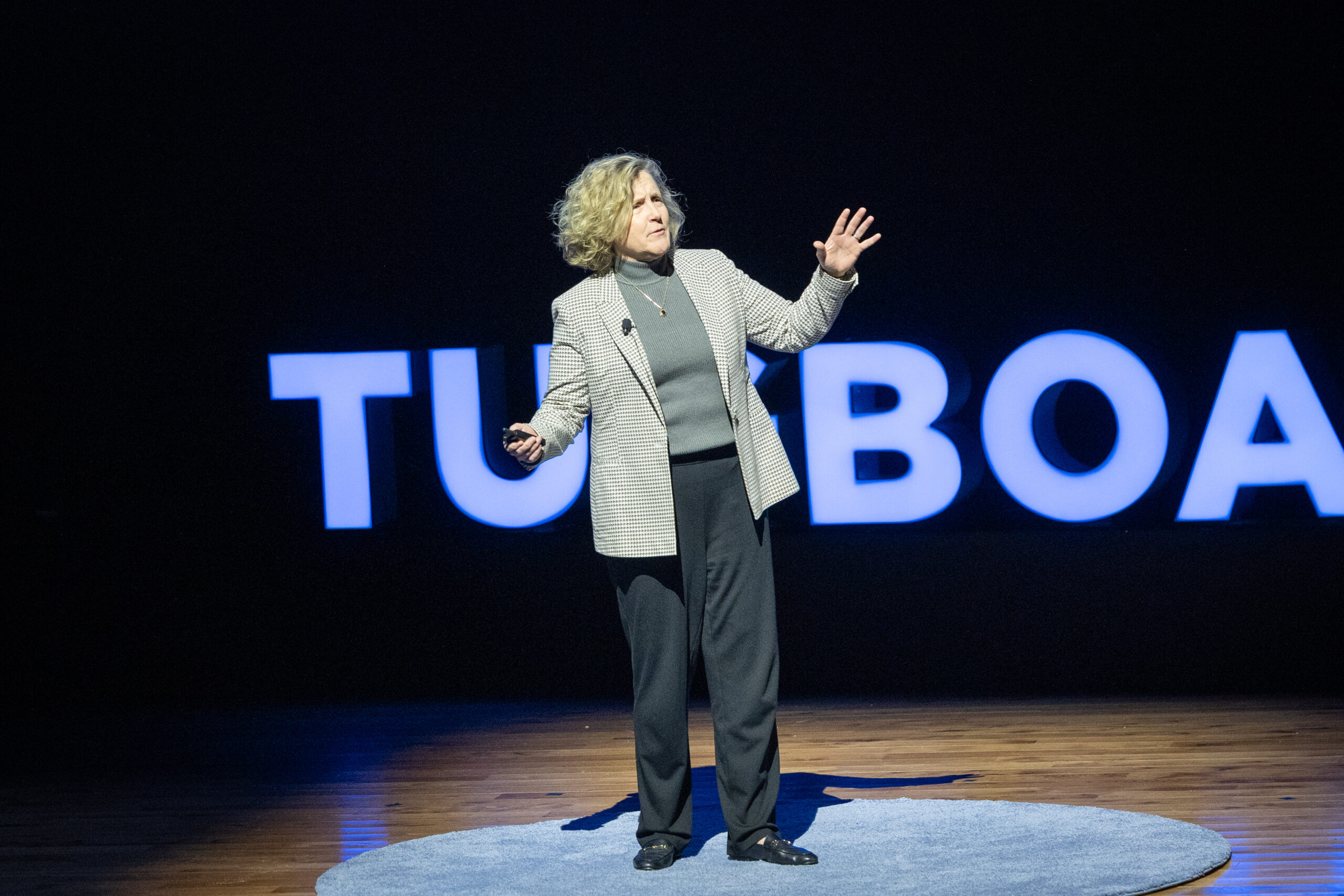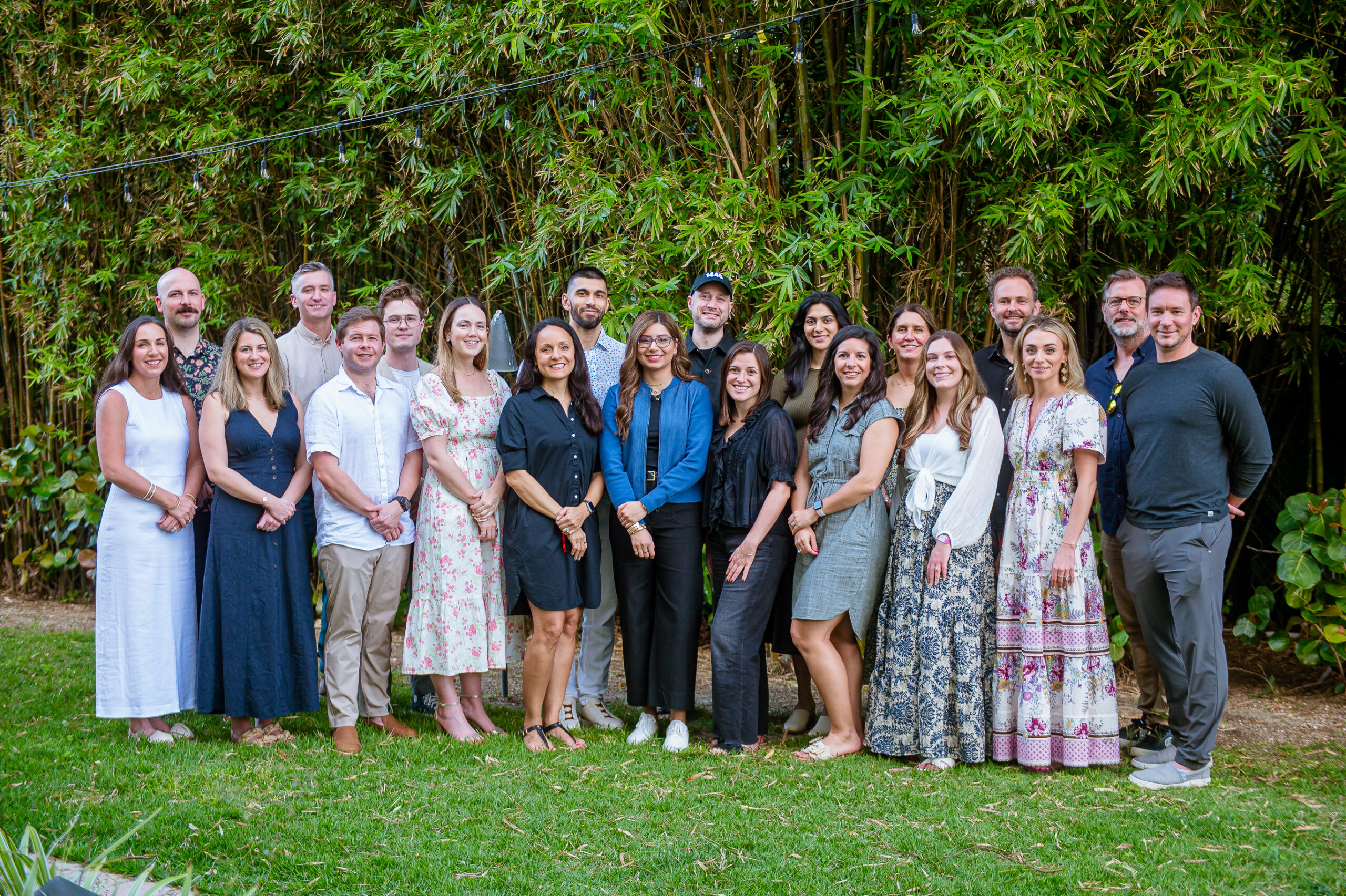

Caring for the Caretakers
- Jim Kimzey
- Tender Rose Dementia Care Specialists
About 10 years ago, my mother was diagnosed with Alzheimer’s. It was an upsetting time for our family as we scrambled to find her help.
We hired two primary caregivers. One was basically a sitter who attended to my mother’s physical needs and little else. My mom’s dementia seemed to get worse every day she spent with her. The other caretaker, however, engaged my mother in conversation and encouraged her to take part in activities. When my mom spent time with this second person, her mood brightened.
It was nearly impossible to find anyone else, though, who could provide this kind of care. As a health care consultant, I’ve seen the system work from afar, but our struggle to find the right care for my mother put everything in a new perspective.
The reason it’s so hard to find great home care is not because of the people who are working in the industry — they are usually wonderful people who truly want to help — but because of the structure of most home health care companies.
Caregivers tend to have erratic schedules and often don’t know whose home they need to visit next. They often have no internal support, so if they find an agitated or ill client, they may not know how best to help them. As a result, it’s customary for caregivers to have very little loyalty or attachment to a home health care agency. It’s typical for a caregiver to carry IDs from five different agencies. And because they are not paid well (between $12 and $14 an hour in the Bay Area) they might neglect one call in order to take the better-paying gig. In turn, they tend to not bond with their clients or take any sense of pride in how their client might be reacting to their care. The average industry turnover is 60-70 percent.
As I worked to help my mother, I knew that I could also build a better home health care company by embracing the Evergreen concept of People First. That meant I had to completely rethink the home health care model when I founded Tender Rose in 2009.
That started with pay. We pay our workers $16 an hour and go up to $30. We offer annual raises and bonuses. If someone has to work overtime, we’ll send him or her a thank you with a gift card.
All of our workers who are full time (and that’s 70 percent of our staff) qualify for benefits after 30 days. We provide training and professional development and a lot of support in the field. Our caregivers can find themselves in very challenging situations with clients who might be acting up violently or who might be in the throes of a medical complication. We have two people on call 24/7 to offer our caregivers advice and guidance.
We also create room for advancement, so a fresh face can eventually become a field director and a mentor to others. We love to promote care coordinators from hourly to salaried workers who make $55,000 to $70,000 a year.
And we limit how many patients a caregiver is visiting. At Tender Rose, caregivers are assigned only two families at a time. This allows for bonding and consistency. Over time, the caregiver intimately learns what activities bring the client joy and meaning.
Treating our people right means that they are treating their patients right, and that’s been the highest mission of my organization. But offering this kind of care isn’t easy. We have to charge more than typical agencies — between $38 to $52 an hour compared with the $30 to $33 an hour most agencies charge. That’s meant embracing the Evergreen ideal of Paced Growth, which doesn’t bother me. I’d rather add clients gradually and be able to offer them the best care I can than to grow too fast and sacrifice quality care.
My mother passed away in 2015, and I take comfort in the fact that her final years were meaningful and happy. There’s great satisfaction in knowing we’re helping other families find that same comfort.
Jim Kimzey is the CEO of Tender Rose Dementia Care Specialists.
More Articles and Videos

Creating an Employee Value Proposition Straight from the Source
- Bart Ricketts
- Lease Crutcher Lewis

Both/And Thinking: Harnessing the Positive Potential of Tensions
- Marianne Lewis
- Carl L. Linder College of Business, University of Cincinnati

Leading Through Uncertainty – Tugboat Institute® Summit 2025
- Jackie Hawkins
- Tugboat Institute

Get Evergreen insight and wisdom delivered to your inbox every week
By signing up, you understand and agree that we will store, process and manage your personal information according to our Privacy Policy



